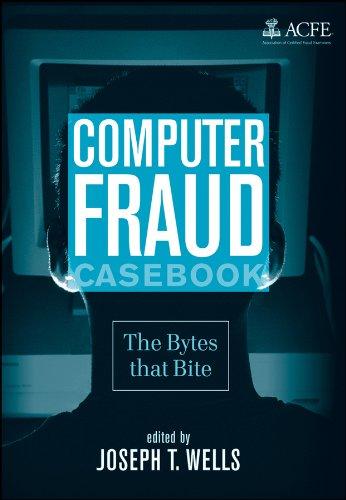Question
John and Janet Baker are husband and wife and maintain a household in which the following persons live: Calvin and Florence Carter and Darin, Andrea,
John and Janet Baker are husband and wife and maintain a household in which the following persons live: Calvin and Florence Carter and Darin, Andrea, and Morgan Baker. Calvin and Florence are Janet's parents, who are retired. During the year, they receive $19,000 in nontaxable funds (e.g., disability income, interest on municipal bonds, and Social Security benefits). Of this amount, $8,000 is spent equally between them for clothing, transportation, and recreation (e.g., vacation) and the balance of $11,000 is invested in tax-exempt securities. Janet paid $1,000 for her mother's dental work and paid the $1,200 premium on an insurance policy her father owned on his own life. Calvin also had medical expenses, but he insisted on paying for them with his own funds. Darin is the Bakers' 18-year-old son who is not a student but operates a pool-cleaning service on a part-time basis. During the year, he earns $14,000 from the business, which he places in a savings account for later college expenses. Andrea is the Bakers' 19-year-old daughter who does not work or go to school. Tired of the inconvenience of borrowing and sharing the family car, during the year, she purchased a Camaro for $21,000. Andrea used funds from a savings account she had established several years ago with an inheritance from her paternal grandfather. Morgan is the Bakers' 23-year-old daughter. To attend graduate school at a local university, she applied for and obtained a student loan of $20,000. She uses the full amount to pay her college tuition. The Bakers' fair rental value of their residence, including utilities, is $14,000, while their total food expense for the household is $10,500. How many dependency exemptions are the Bakers entitled to claim for the year? Explain your answer. From a planning standpoint, how might the Bakers have improved the tax result? Partial list of research aids: Reg. 1.1521(a) and 1(c). Your Federal Income Tax (IRS Publication 17), Chapter 3.
Step by Step Solution
There are 3 Steps involved in it
Step: 1

Get Instant Access to Expert-Tailored Solutions
See step-by-step solutions with expert insights and AI powered tools for academic success
Step: 2

Step: 3

Ace Your Homework with AI
Get the answers you need in no time with our AI-driven, step-by-step assistance
Get Started


